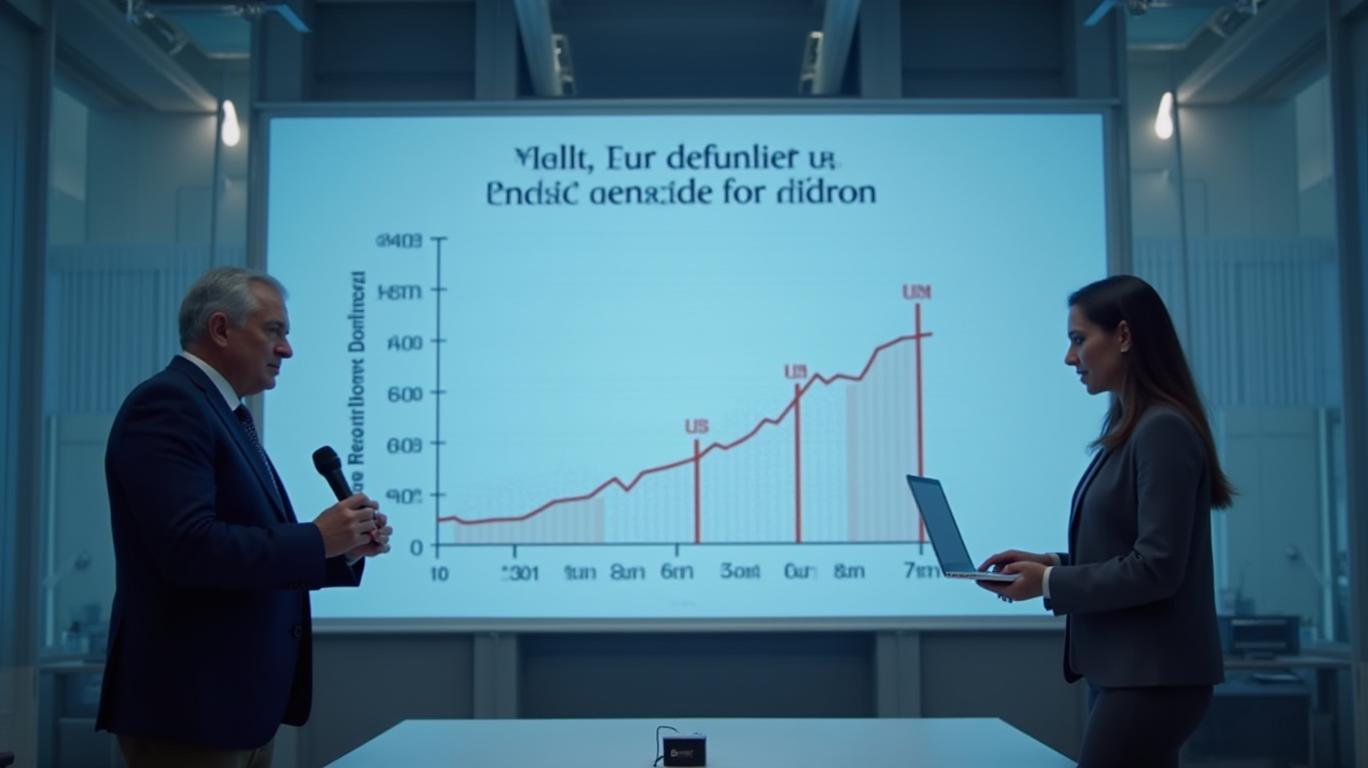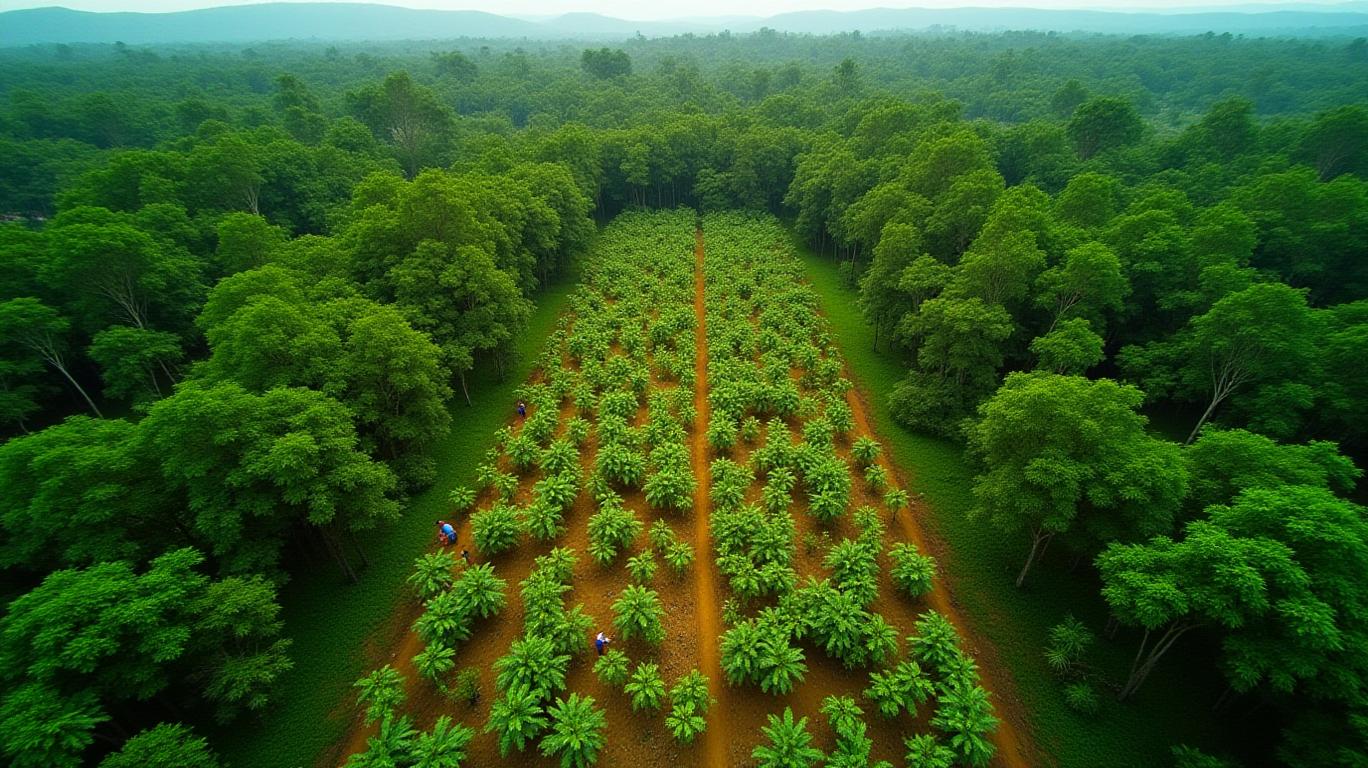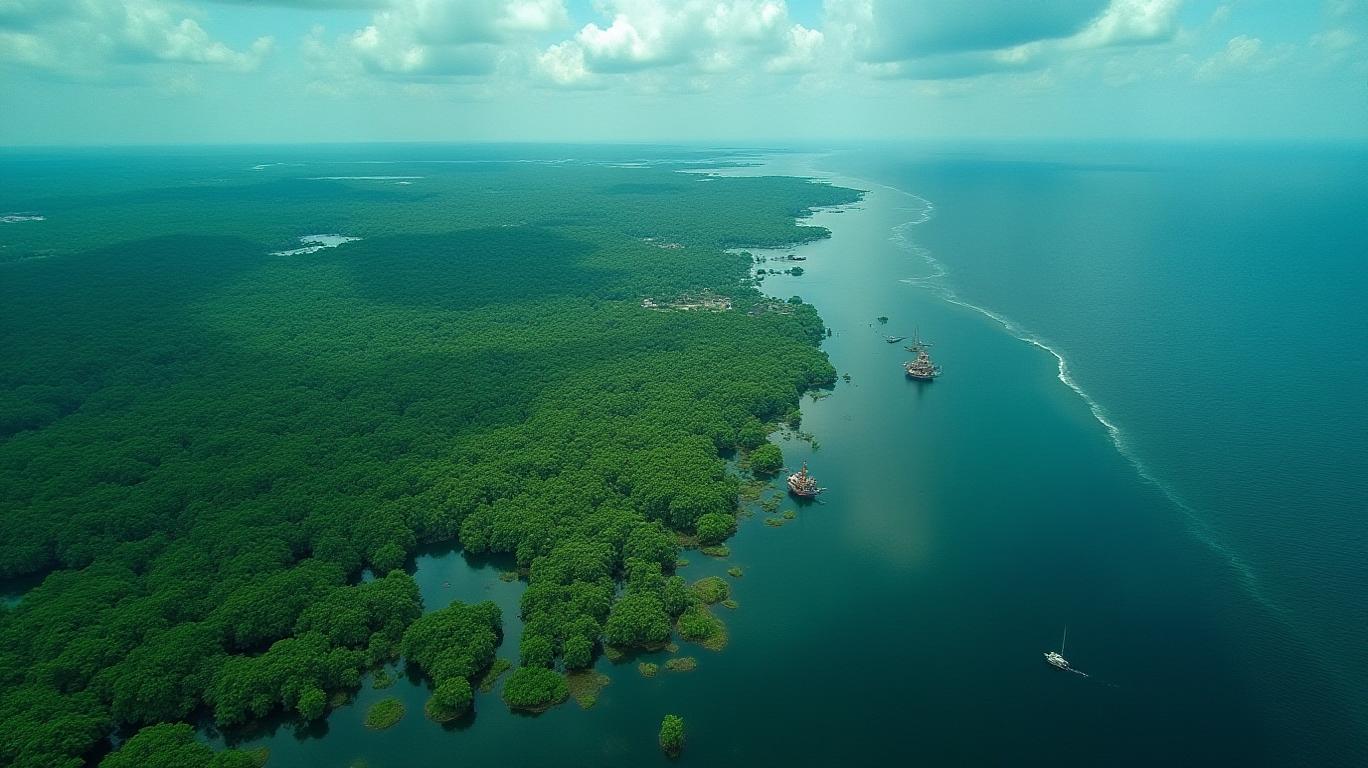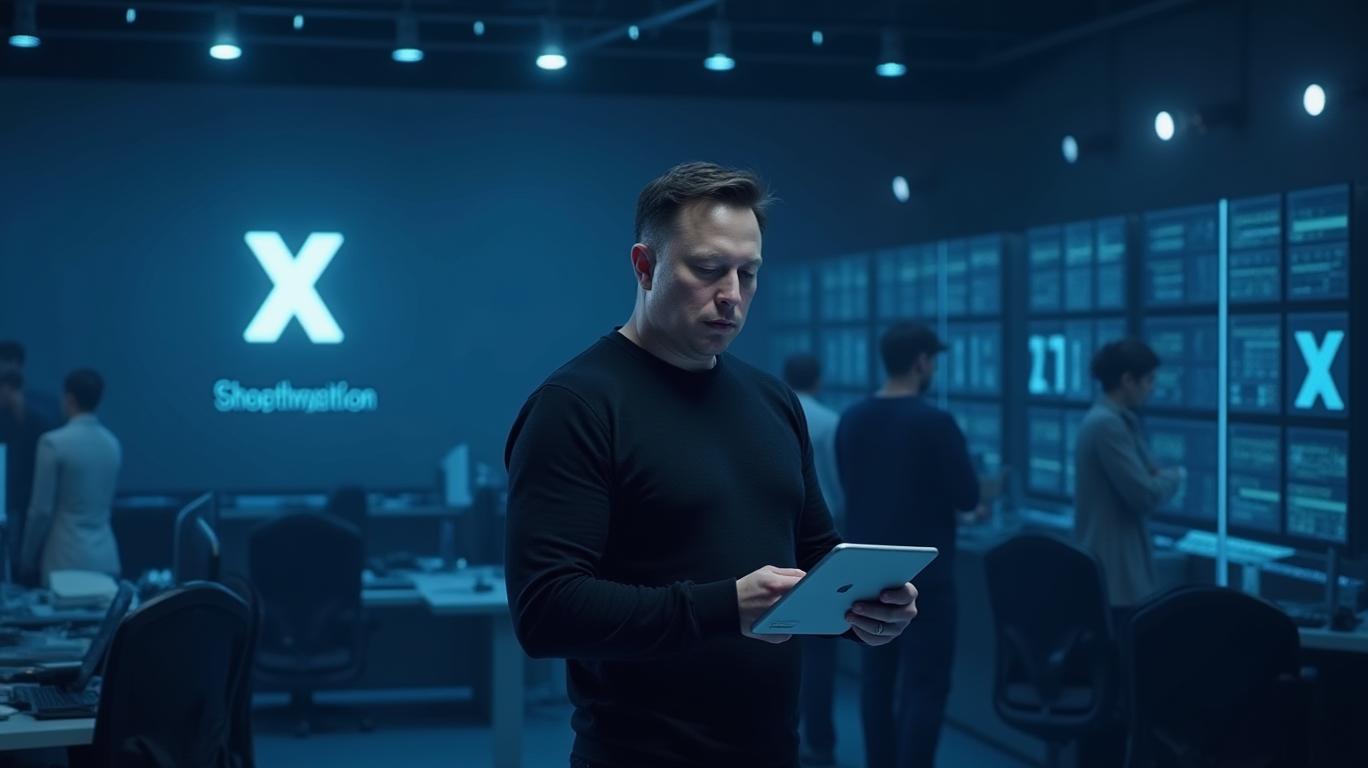Amazon's Green Gambit: Can Mombak's Reforestation Push Meet Carbon Credit Ambitions?
The amazon rainforest, often called the "lungs of the Earth," is the focal point of an audacious climate restoration project backed by some of the world’s most influential corporations. Mombak, a Brazilian reforestation startup, has secured $30 million in Series A funding to scale its Amazon restoration efforts, aiming to generate $600 million in carbon credit contracts by 2025. This initiative, supported by tech giants like Google, Microsoft, Meta, and McLaren Racing, represents a bold bet on the scalability of nature-based carbon removal. But can Mombak deliver on its ambitious targets, or will it fall prey to the risks that plague global climate finance?
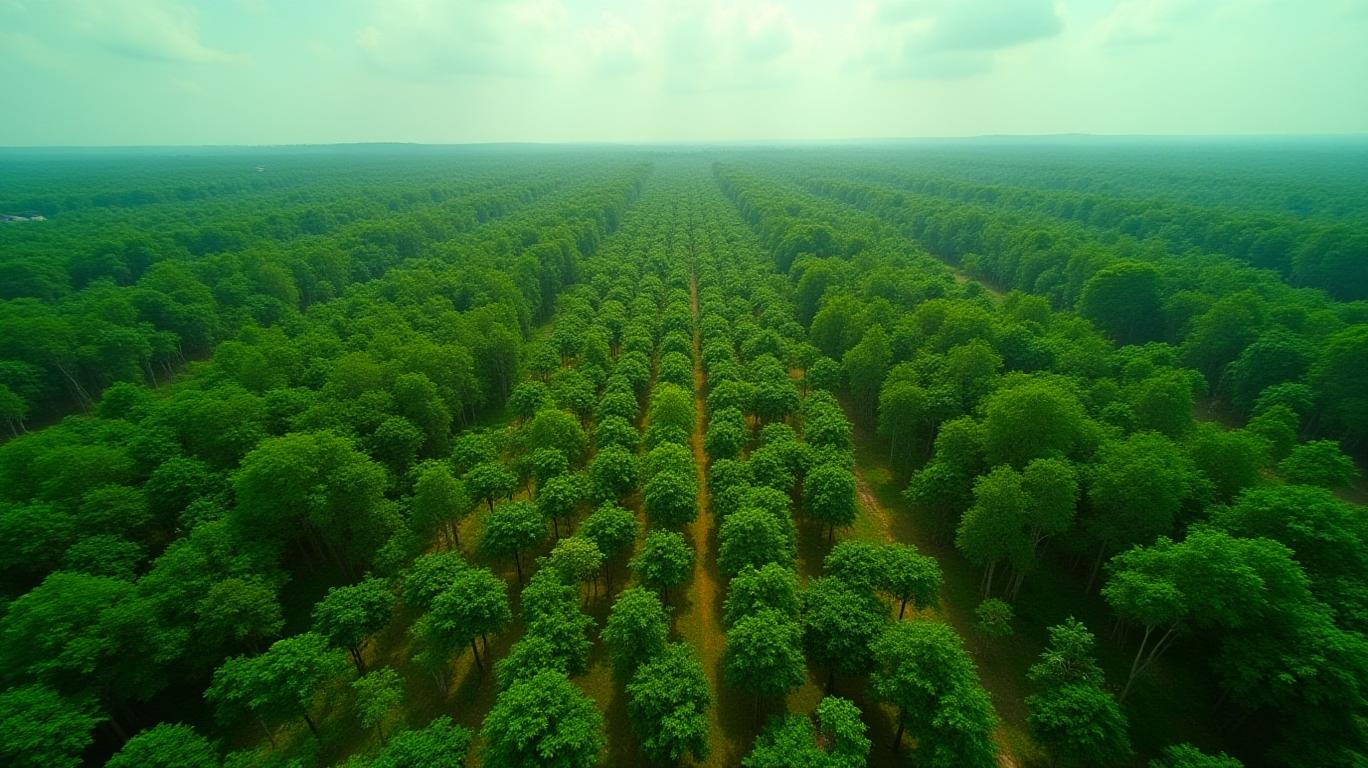
The Scale of the Project
Mombak’s strategy hinges on transforming degraded pastureland into carbon-absorbing forests. By early 2025, the company had acquired 20,000 hectares (49,421 acres) in Pará, Brazil—a region critical to the Amazon’s ecological health—and planted 5 million native trees, with a target of 8 million by mid-2025. This expansion, funded in part by a $17.8 million public-private partnership with Brazil’s BNDES development bank and Santander Brasil, positions Mombak as a leader in large-scale reforestation. Its ambition to become the world’s largest carbon removal project is underpinned by partnerships with 200 landowners, enabling it to access vast tracts of degraded land for restoration.
Corporate Backing and Carbon Credit Markets
The project’s financial foundation rests on corporate offtake agreements. To date, Mombak has secured $150 million in carbon credit contracts, with buyers including:
- Google: A commitment to purchase 50,000 metric tons of credits by 2030
- Microsoft: Up to 1.5 million credits under its carbon neutrality pledge
- Meta: A member of the Symbiosis Coalition, which aims to buy 20 million tons of nature-based credits by 2030
- McLaren Racing: Credits to offset Formula 1 emissions toward its net-zero goal by 2040
CEO Peter Fernandez has projected that these contracts could quadruple in value by 2025, reaching the $600 million target. This growth hinges on the rising demand for high-integrity carbon credits, which now trade at prices exceeding $50 per ton—a significant premium over older, less transparent credits.
Risks and Regulatory Hurdles
Despite its progress, Mombak faces formidable challenges. Brazil’s political volatility looms large: while President Biden’s 2024 climate funding pledge provided momentum, the incoming Trump administration’s stance on environmental policy remains uncertain. Domestically, Brazil must finalize regulatory frameworks to streamline carbon credit certification—a process currently delayed by debates over land rights and indigenous community engagement.
Environmental skepticism also persists. Critics argue that carbon credits risk becoming "license to pollute," distracting firms from decarbonizing their core operations. Mombak counters this by emphasizing biodiversity co-benefits: its projects restore ecosystems, protect watersheds, and employ local communities. Science Director Renato Crouzeilles admits, however, that quantifying long-term carbon absorption—critical for credit issuance—is still "in its infancy," with validation by third parties like Verra pending.
The Investment Case: Data-Driven Potential
Mombak’s model aligns with two seismic shifts in global finance: the $40 trillion climate market and the $300+ billion ESG investment boom. Its Series A funding round, led by Union Square Ventures, attracted institutional investors like Lowercarbon Capital and AXA IM Alts—a signal of confidence in its scalability. Key metrics to watch include:
- Land acquisition pace: The 20,000-hectare expansion in early 2025 suggests a target of 50,000+ hectares by 2026.
- Credit certification: The first tranches of Verra-certified credits, expected by late 2025, will determine market credibility.
- Corporate demand: The Symbiosis Coalition’s 20 million-ton target alone could absorb $10 billion in credits by 2030, far exceeding Mombak’s ambitions.
Conclusion: A Pivotal Moment for Climate Finance
Mombak’s Amazon reforestation push exemplifies the growing role of nature-based solutions in addressing climate change. With $200 million in total funding secured and partnerships spanning tech, auto, and finance sectors, the company is well-positioned to capitalize on surging demand for carbon credits. Its $600 million target for 2025 is ambitious but achievable, provided it can navigate regulatory hurdles and prove its credits’ environmental integrity.
Crucially, Mombak’s success could redefine the Amazon’s economic value—from a frontier for exploitation to a carbon sequestration powerhouse. For investors, this is not merely an environmental play but a bet on the convergence of climate finance, corporate ESG commitments, and Brazil’s green growth potential. The world’s largest rainforest may yet become its largest climate restoration project—and the returns could be as vast as the Amazon itself.
Ask Aime: Can Mombak's Amazon reforestation project secure future carbon credits?

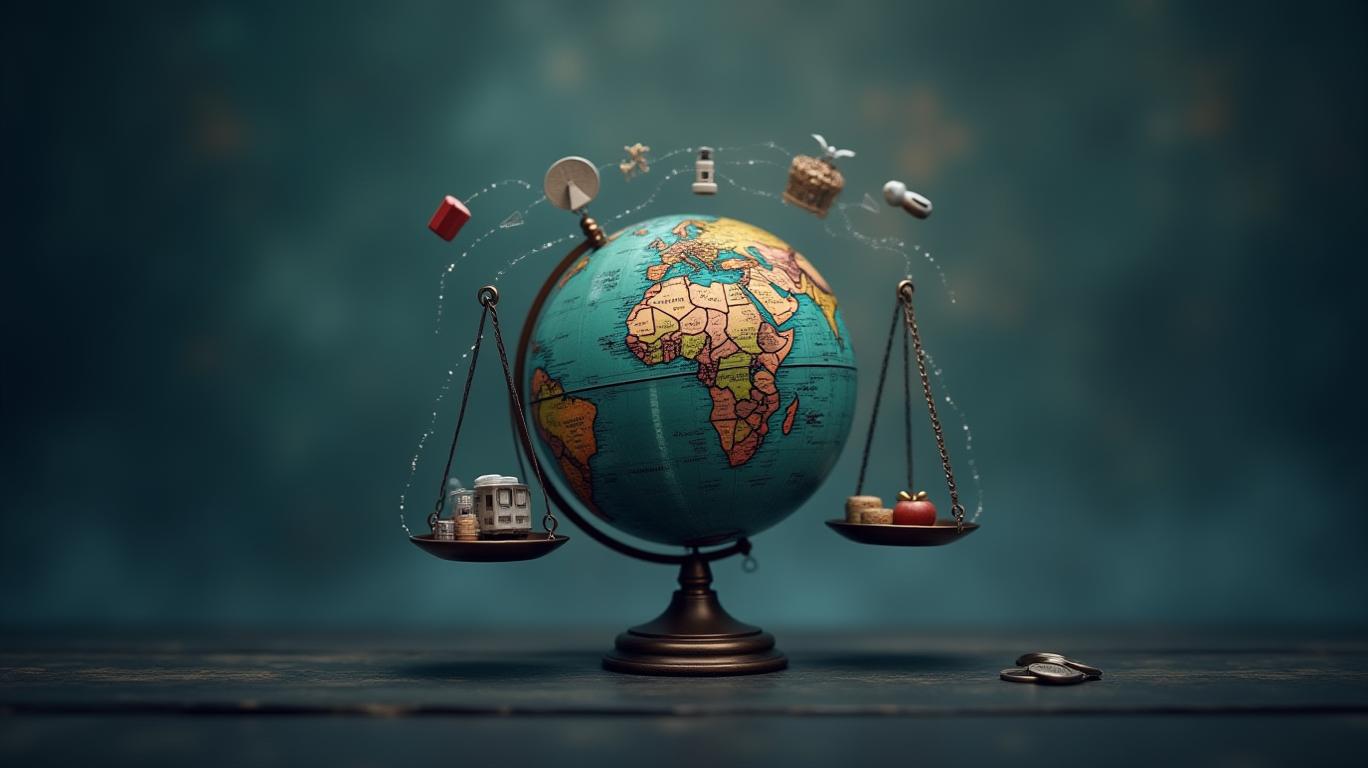
_cbf77e8c1748017079428.jpeg)
